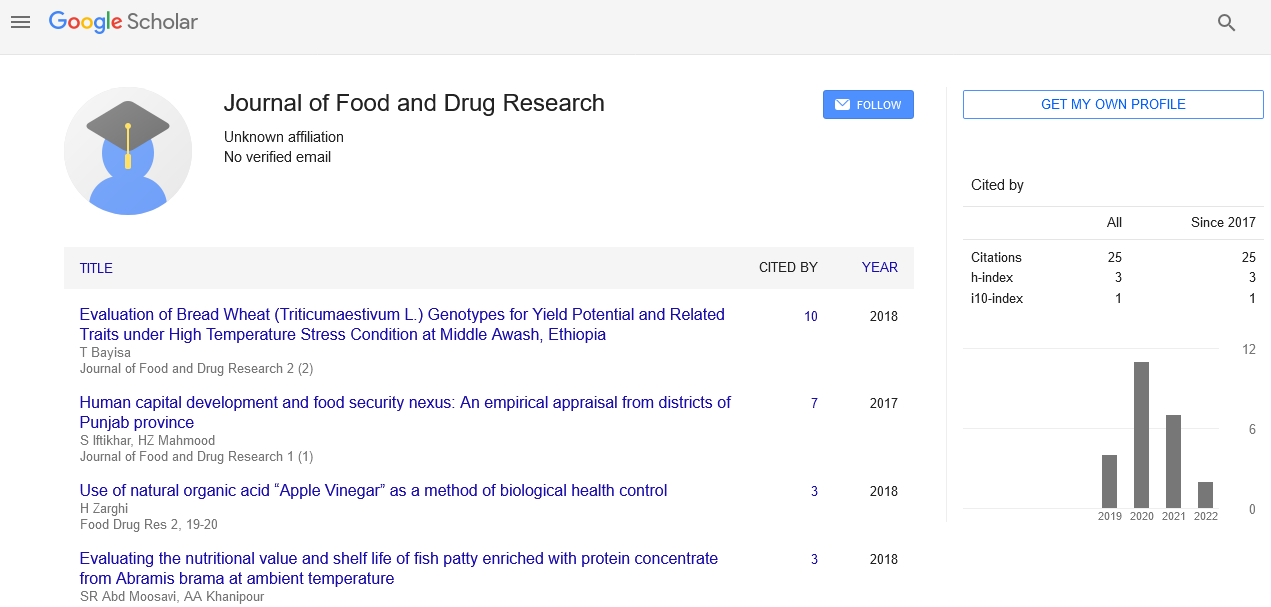
Sign up for email alert when new content gets added: Sign up
Abstract
Relationship between serum umbilical cord and maternal zinc, iron and vitamin A with birth weight
Author(s): Sohair ShommoStatement of the Problem: Micronutrients deficiencies such as vitamin A, iron, iodine and folate are particularly common among during pregnancy, due to increased maternal and fetal nutrient. These deficiencies can negatively impact maternal and fetal health as well as pregnancy. Women in lowincome countries often enter pregnancy malnourished. Researchers reported high risk of anaemia, VAD and zinc deficiency. Micronutrients status of the pregnant mothers is mainly influenced by dietary intake. Micronutrient interventions include, zinc to reduce of preterm birth and iron to reduce the risk of low birth weight. The purpose of this study is to investigate the relationship between maternal and new borns serum levels of Fe, Zn and vitamin A and their effect on birth weight. Methodology & Theoretical Orientation: This study was carried out on 51 pregnant mothers (15 to 41years) in their third trimester of pregnancy and their new born babies. Blood samples were collected from maternal vein and umbilical cord of their new-borns at the time of spontaneous delivery. Serum iron and zinc were determined by atomic absorption spectrophotometry. Vitamin A was measured using HPLC. Birth weight was recorded. Findings: Indicates that the concentrations of Fe and vitamin A in maternal blood averages 70.35 ± 35.7 and 43.13 ± 20.91 μg/ dl, respectively, these are within normal levels whereas mean serum zinc is below normal level 41.51± 17.59 μg/dl, this was. Umbilical/maternal ratios of iron, zinc and vitamin A are 1.58, 0.87 and 1.07 respectively. Neonatal birth weight did not correlate with maternal blood levels of the trace elements (p>0.05). Vitamin A in maternal blood correlates significantly to their neonates (r = 0.49, P = 0.00). These results indicate an active placental transport for Fe and vitamin A. An interaction between Zn and Fe was suggested and discussed.





